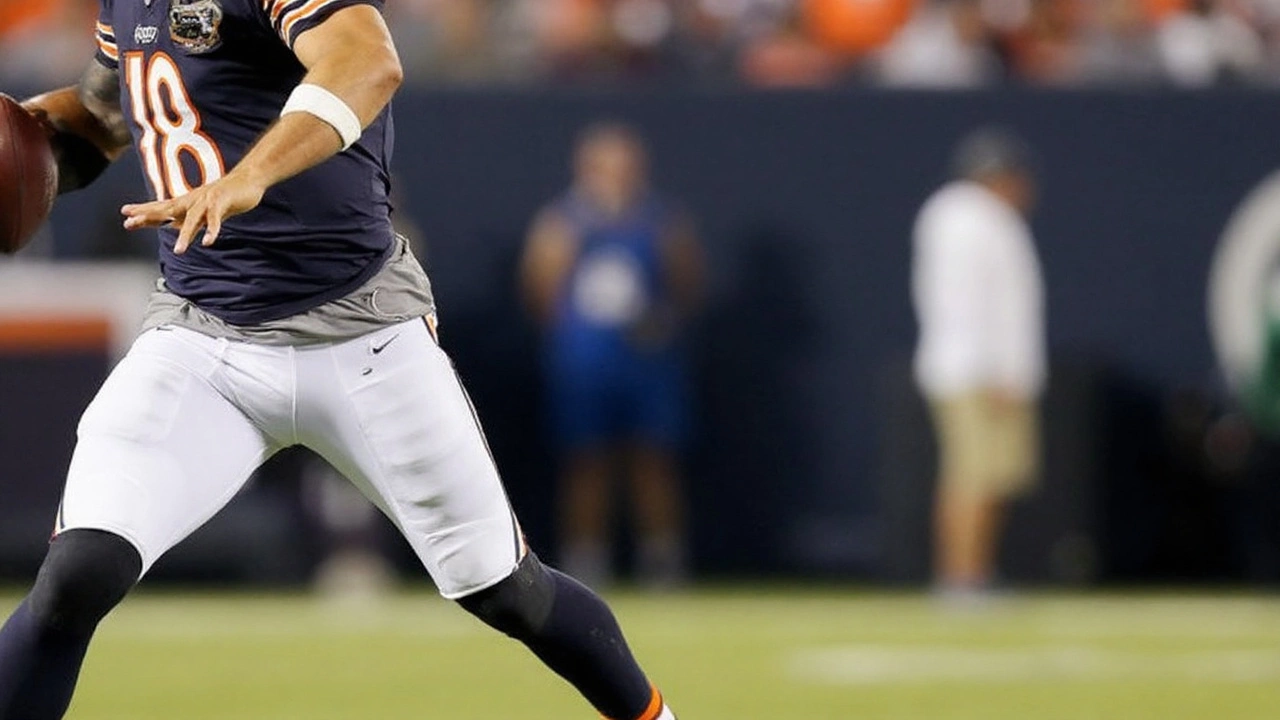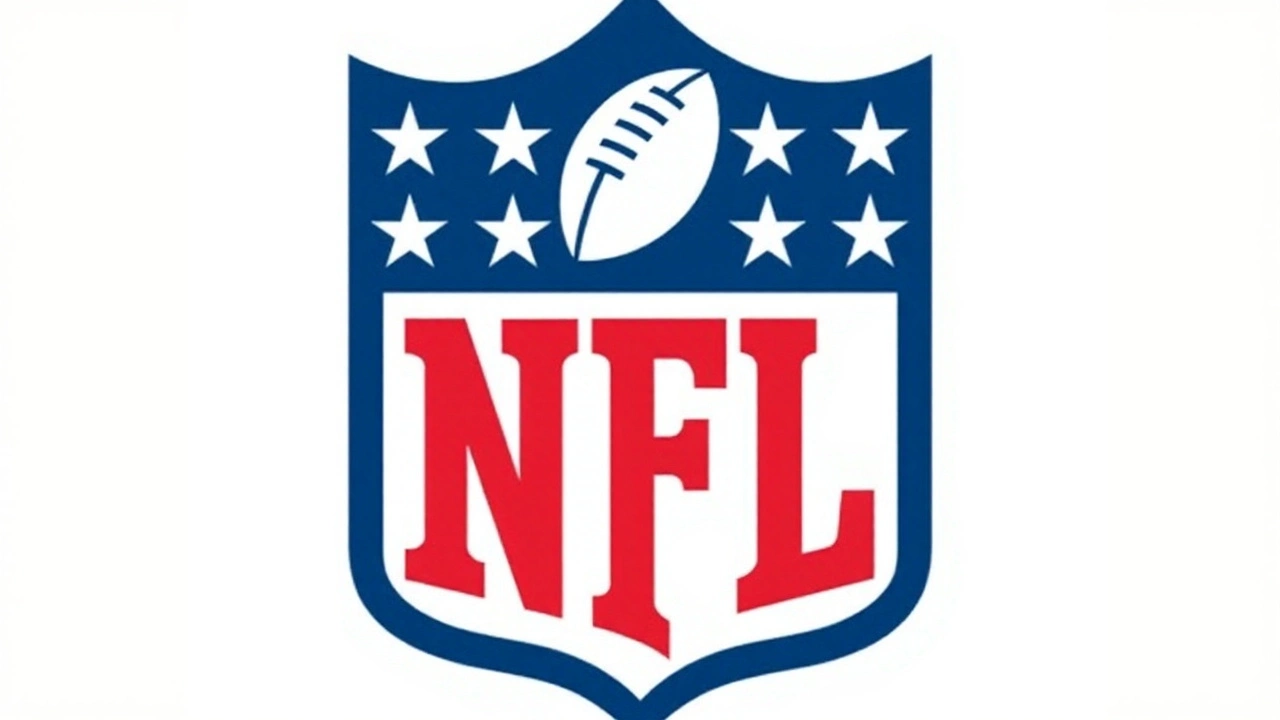TV, start time, and how to stream
Week 1 under the lights felt big even before kickoff. The primetime matchup in Chicago went live Monday, September 8, 2025, at 8:15 p.m. ET from Soldier Field and aired nationally on ESPN and ABC. If you didn’t have cable, you could still catch the simulcast through most live TV streaming bundles that carry ESPN and ABC—YouTube TV among them. Over-the-air viewers in local markets could also watch via ABC with a standard antenna.
For fans who weren’t in front of a TV, multiple outlets offered real-time scoreboards, play-by-play updates, and drive charts so you could follow every swing. Pre- and postgame shows surrounded the broadcast, and the primetime treatment meant wall-to-wall coverage, from rookie intros to the last snap.
If you’re bookmarking your options for the next Monday night showcase, the key is simple: check that your package includes ESPN and your local ABC station. Most mainstream streaming bundles do, and they typically support mobile, tablet, and smart TV apps for easy viewing on the go. If you rely on an antenna, scan for your local ABC affiliate ahead of time to avoid glitches at kickoff.
- Date: Monday, Sept. 8, 2025
- Kickoff: 8:15 p.m. ET
- Venue: Soldier Field, Chicago
- TV: ESPN and ABC (national simulcast)
- Streaming: Available through live TV services that include ESPN/ABC; YouTube TV carried the broadcast
- Final: Vikings 27, Bears 24
That’s the viewing playbook. Now, here’s what actually happened on the field—and why it felt like the start of a new NFC North story.

What happened at Soldier Field: rookies, swings, and a late storm
This one was billed as a peek at the future, and it delivered. The night framed two young quarterbacks in stark contrast. Caleb Williams came out looking polished and poised for the Bears in Ben Johnson’s debut as head coach. J.J. McCarthy, the Vikings’ first-rounder who waited a full year after a knee injury for this moment, had to fight through a rough middle stretch before catching fire when it mattered.
The start belonged to Chicago. Williams opened the game in rhythm, completing his first 10 throws and keeping Minnesota’s defense honest with designed movement and quick reads. The early payoff came when he pulled the ball on a red-zone read and slipped in for a nine-yard rushing touchdown—his first career rushing score in the NFL. Soldier Field loved it, and the Bears led 7–0, then 10–6 by halftime as Johnson’s script kept Williams ahead of the sticks.
Momentum swung hard in the third quarter, and not in the way you’d expect for a rookie making his debut at home. With the Vikings pressing, Bears defensive back Nahshon Wright jumped a route and took a McCarthy pass 74 yards the other direction. Pick-six. Chicago 17–6. For a moment, it looked like the Vikings were facing the long, cold walk that every first-time starter fears in primetime.
Instead, the interception became a reset button. Minnesota’s sideline tightened, and head coach Kevin O’Connell backed his young quarterback at the break and again after the turnover. The message: stay aggressive, trust the plan. You could see the switch flip. The Vikings went to tempo, mixed in play-action, and let McCarthy throw on early downs, leaning on the gravity of Justin Jefferson outside and the steady punch of Aaron Jones.
Then came the fourth quarter—a banner debut chapter for McCarthy. Three touchdowns in 15 minutes turned a sputter into a statement. First, a strike to Jefferson in the teeth of coverage, the kind of timing throw that tells you a rookie isn’t playing scared. Next, a connection with Jones out of the backfield, a smart call that punished a defense leaning too hard toward the perimeter. Finally, with the clock bleeding under three minutes, McCarthy kept the ball and slipped through for a 14-yard rushing touchdown. Vikings 27, Bears 24. From down 17–6 to on top in a blink.
Chicago didn’t fold. Williams put together a late answer, moving the ball with urgency and composure, trimming the lead and giving the Bears a shot to steal it back. But Minnesota’s defense, which had bent repeatedly in the first half, closed ranks. The Vikings’ pass rush heated up just enough to force quicker decisions, and the secondary tackled in space. In the final moments, the clock became the ally for the road team, and Minnesota saw it out.
Let’s be clear about what made this fun. It wasn’t just the scoreline. It was the shapes of the two offenses and how they changed as the night wore on. Johnson’s Bears used motion and quick game to shield a young quarterback from third-and-long doom. O’Connell’s Vikings responded by trimming the play sheet and pushing pace, letting McCarthy get into a rhythm rather than asking him to be perfect from the pocket on every snap.
Williams’ first half looked like a coach’s clinic: clean base, defined reads, and simple completions that turned into chain-movers. Chicago’s approach spread the ball around and let Williams use his legs when the edge caved. After halftime, though, Minnesota’s defense took away the first read more often, condensed throwing lanes, and forced the Bears to play left-handed. That’s where the growing pains showed—drives started with optimism and ended with punts or field goals instead of touchdowns.
For McCarthy, the interception could have unraveled a debut. Instead, it set the stage. You saw the poise in how he returned to Jefferson—never turning away from his top target—and the calm in how he worked backside progressions. The role players around him made a difference too. Jones gave the Vikings balance and a pass-catching outlet when protections frayed. Jefferson’s gravity tilted the coverage map, opening pockets for quick-hitters and crossers.
Defensively, the night was about adjustments. Minnesota stopped getting gashed by early-down efficiency and started winning on first down, which turned Chicago’s second-half play-calls into heavier lifts. The Bears answered with hurry-up sequences and a late-game march to pull within a field goal, but Minnesota’s tackling tightened, and the explosive plays that defined Chicago’s opening script largely disappeared.
Both coaches will take away a binder full of notes. Johnson will like the way his quarterback handled the moment and how his opening plan translated from the whiteboard to the field. He’ll also see the gaps: finishing red-zone trips after the break, managing the clock with a lead, and finding a counterpunch once defenses sit on early-down tendencies. O’Connell, meanwhile, will pocket a debut road win powered by faith in his rookie. Telling your quarterback at halftime that he’s going to lead a comeback is one thing; calling an offense that lets him do it is another.
From a broader NFC North view, the game felt like the first chapter of a long-running rivalry between two fresh faces at the game’s most important position. Williams showed why he was the top pick—command, accuracy on the move, and a knack for creating outside structure. McCarthy showed something different but just as essential: resilience, late-game calm, and the ability to make the one or two throws that flip a script in front of a national audience.
For fans tracking how to watch these showdowns the rest of the way, keep a simple checklist. Primetime often means simulcasts, and that usually means multiple ways to tune in. If you’re a cord-cutter, confirm ESPN and your local ABC channel in your streaming bundle and test your app sign-ins before kickoff so you’re not resetting passwords during the anthem. If you’re over-the-air only, position your antenna and run a channel scan earlier in the day. And if you’re traveling, most providers support mobile viewing as long as your subscription is active.
The bigger takeaway, though, sits on the field. The Vikings leave Chicago with a road win, a rookie quarterback who just passed a nasty primetime test, and a head coach whose aggressive streak paid off. The Bears walk away with a quarterback who looked the part and a blueprint that worked early. The next step is turning those opening drives into four quarters of control.
Fans who tuned in on ESPN and ABC—or streamed through a live TV bundle like YouTube TV—got exactly what Monday night promised: drama, a few gut-punches, and the sense that the NFC North won’t be decided by reputation this year. The broadcast told one story. The fourth quarter told another. And somewhere in the middle, two new franchise quarterbacks made sure this won’t be the last time we circle Bears vs Vikings on the calendar.
